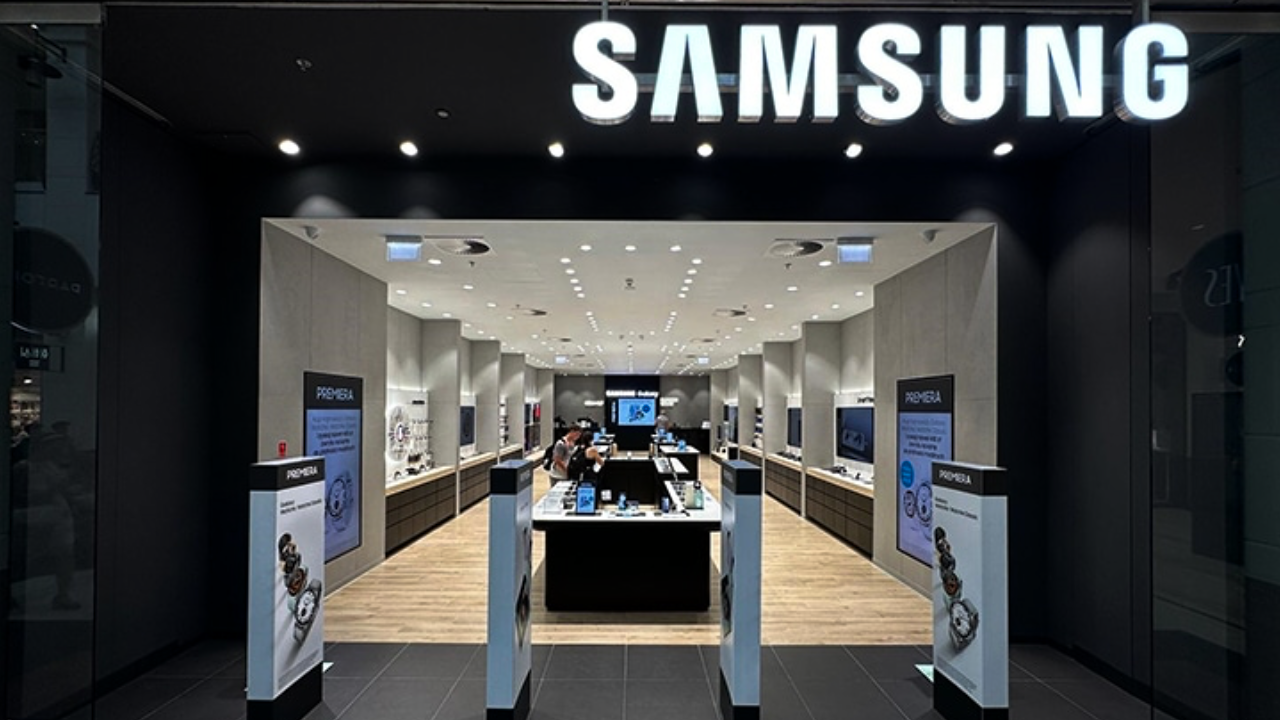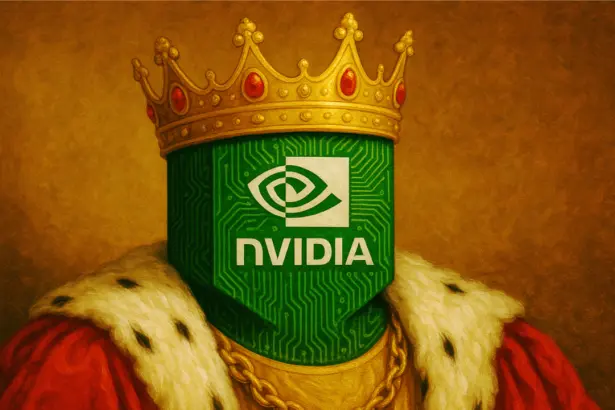Samsung Electronics entered the second half of 2025 with a clear burden – a fall in operating profits of as much as 56% in the second quarter. Just when investors were hoping for a continuation of the rebound after a difficult 2023, the chip and smartphone manufacturer again shows how dependent it is on geopolitics and one group of customers: the Silicon Valley AI giants.
Operating profit for April-June is expected to be 4.6 trillion won, well below consensus (6.2 trillion won). This is the worst result in six quarters. A drop in revenue of a token 0.1 per cent may look harmless, but the real weakness lies in the segment data. This is especially true for the semiconductor division, which has been responsible for Samsung’s biggest margins so far.
The main sources of problems? On the one hand, US export restrictions hitting customers in China, for whom Samsung supplied advanced AI chips. On the other, delays in the supply of HBM chips to Nvidia, the most important player in the AI boom. This undermines the market’s previous assumption that Samsung is effectively competing with SK hynix and TSMC for new contracts in the AI segment.
While the memory sector (including HBM) is set to rebound in the third quarter, the foundry business, which was supposed to be the future of the group, remains under the radar. Low capacity utilisation and inventory adjustments are taking their toll on profitability. Moreover, contracts with large customers – including Nvidia or AMD – are riskier today than they were a year ago, due to regulatory and political volatility.
For Samsung, this means a structural challenge: the company needs to diversify its customer base and develop an edge in 3 nm and HBM3E technologies faster than its competitors. Otherwise, instead of profiting from the global AI boom, it will become a passive participant in it.
We will know the full results for the second quarter at the end of July – it is then that investors will assess whether the current slowdown is just a breathlessness or a harbinger of bigger problems.










